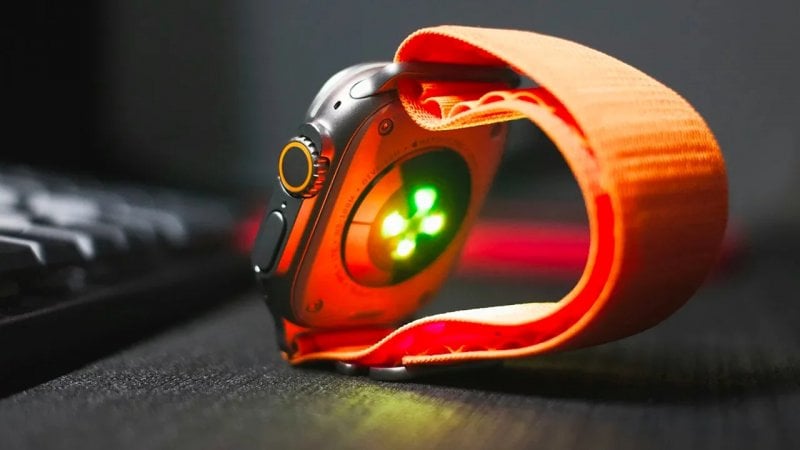Apple has spent more than seven years developing microLED screens for its devices, but now, according to Bloomberg's Mark Gurman, i problems relating to costs and technical difficulties it seems they got the better of it.
After procrastinating the introduction and pushing back initial plans until 2024 and beyond, Gurman reports that Apple finally has gave up on the idea of developing a MicroLED display for Apple Watch.
The initial intention was to improve the user experience compared to current OLED displays, but it seems that all hope has disappeared; the interrupted work follows Apple's other major renunciation, that of abandoning the self-driving car project or Apple Car.
Too complex operation
Rumors of Apple working on upgrading the screens of its smartwatches first surfaced last year.
At that time, Bloomberg reported that Apple would have the new display ready for a launch in 2024 or 2025.
The decision to abandon the project was confirmed by reports of an unidentified supplier canceling plans.
Apple explained that it is considering OLED screens still as the best solution availableputting an end to the hopes of those waiting for the arrival of an Apple Watch Ultra with a MicroLED screen.
Ming-Chi Kuo, the well-known analyst, had already exposed himself on the case, speaking of how the company had suffered production costs too high to make the operation economically sustainable.
Furthermore, it seems that the process of positioning the pixels necessary for MicroLED contributed to the decision to abandon the idea, being particularly complex.
Although Apple already possessed the necessary experience for the design and production of MicroLEDs, currently, the only Apple product that uses this technology will remain the Apple Vision Pro.
Following the end of operations, Apple reduced its staff “by a few dozen.”
Currently, the company is considering allowing some employees to join new teams, but most will be laid off, affecting workers in both the United States and Asia, Bloomberg reported.
Attention elsewhere
According to Chris Welch, it is not yet clear what benefits it could offer a MicroLED screen as well as potential greater efficiency.
The journalist points out that Apple Watch uses an OLED display, which in itself offers a bright and vibrant image.
Despite abandoning plans for the Watch, Apple does not seem willing to give up on MicroLED entirely and continues to be committed to seeking new suppliers and processes to integrate this technology.
Future devices, such as the iPad Pro, MacBook Pro, MacBook Air, and iPad Air, are expected to switch from LCD and miniLED screens to OLED by 2026.
#Apple #appears #MicroLED #screens #Apple #Watch


